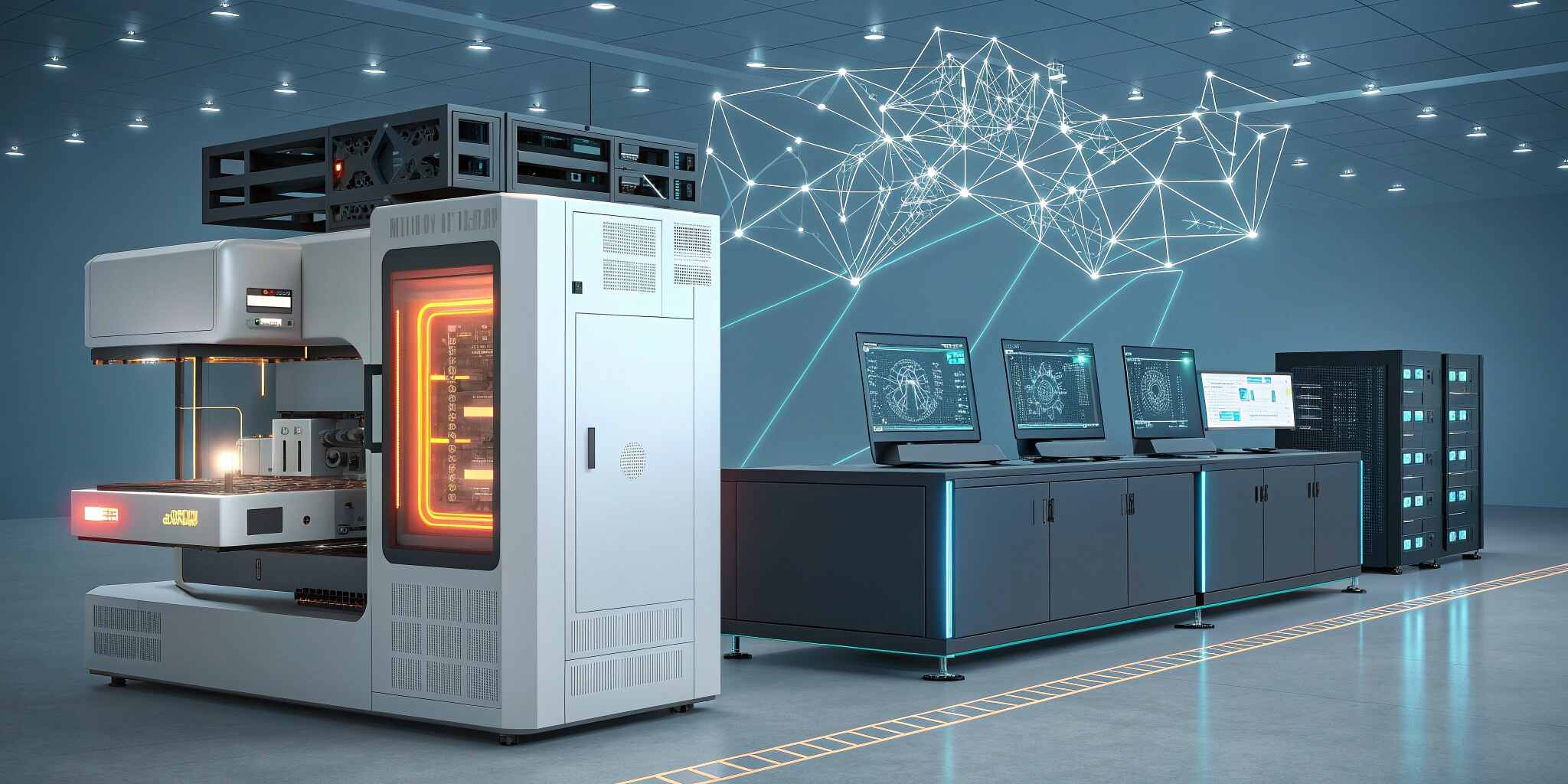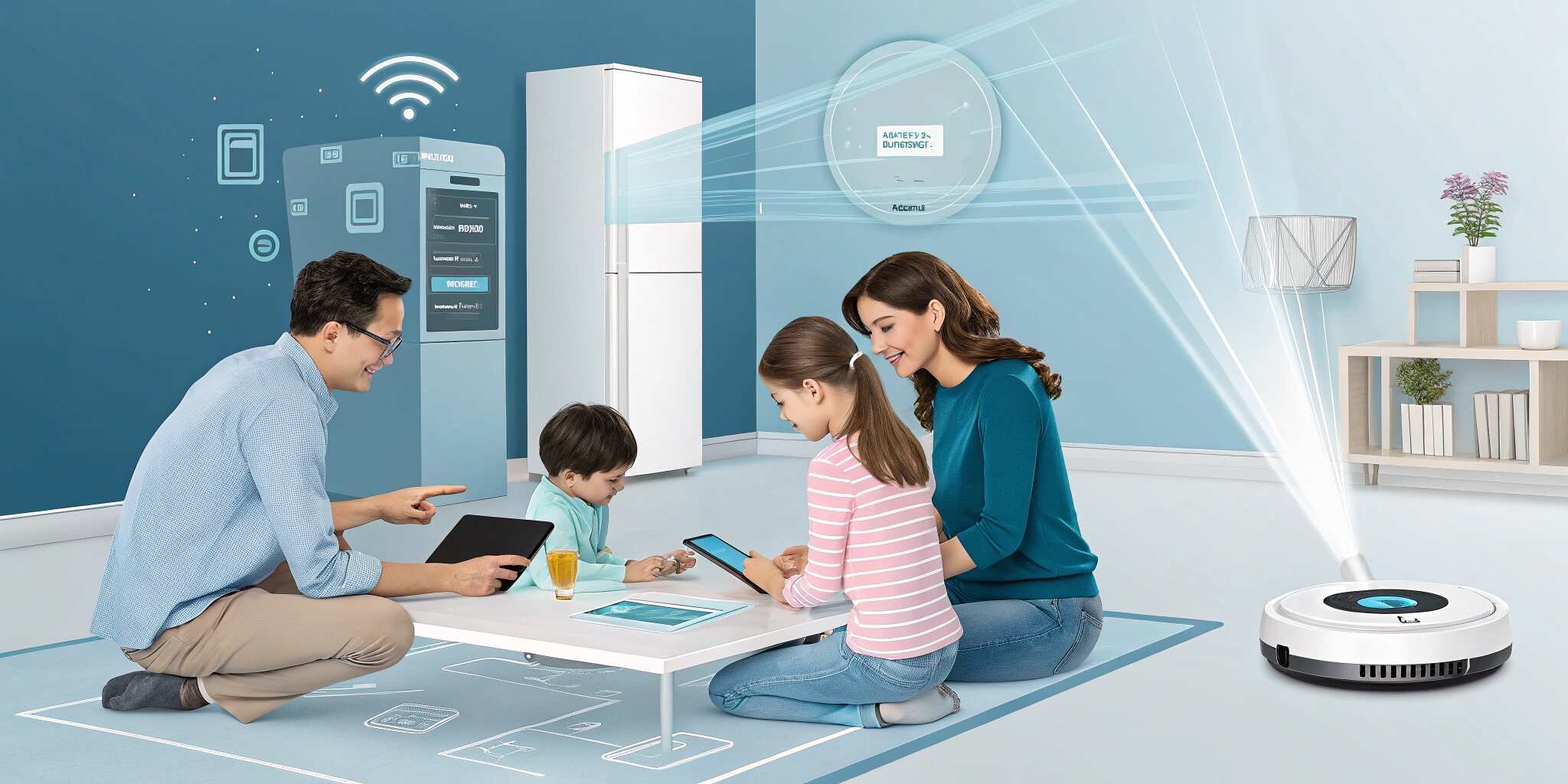Technology continues to blur the boundaries between the physical and digital worlds. One of the most exciting intersections in recent years is the union of 3D printing and Information Technology (IT). Once seen as a niche manufacturing tool, 3D printing—also known as additive manufacturing—has evolved into a technology deeply integrated with IT systems, artificial intelligence, and cloud-based solutions. Together, they are redefining design, production, and innovation across industries.
The Evolution of 3D Printing
Initially, 3D printing was used for rapid prototyping, allowing engineers and designers to bring ideas to life quickly. However, with advancements in materials, software, and data analytics, it has expanded into sectors like aerospace, healthcare, automotive, and construction.
The integration of IT has accelerated this growth, connecting printers to cloud-based platforms, IoT devices, and AI-driven design tools. These developments have made production smarter, faster, and more efficient than ever before.
How IT Powers Modern 3D Printing
The synergy between 3D printing and IT lies in data, connectivity, and intelligence. Let’s look at how IT technologies are enhancing 3D printing capabilities:
- AI and Machine Learning in Design Optimization
- AI-driven design tools use algorithms to analyze structural strength, weight, and performance, producing optimized 3D models that reduce waste and material use. Machine learning also predicts potential printing errors before production, ensuring precision and reducing rework.
- Cloud Computing and Collaboration
- Cloud platforms enable designers and engineers to collaborate in real-time, regardless of location. Cloud-based slicing software and storage systems streamline workflows, while remote monitoring ensures continuous production control.
- IoT and Smart Manufacturing
- Internet of Things (IoT) devices connect printers, sensors, and robotics, allowing real-time monitoring of temperature, humidity, and material flow. IT systems analyze this data to improve print quality and automate maintenance schedules.
- Data Analytics and Predictive Maintenance
- IT-enabled analytics tools collect data from every stage of the printing process. This data helps manufacturers identify inefficiencies, forecast material needs, and predict when equipment will require servicing—minimizing downtime.
Industry Applications of 3D Printing and IT Integration
- Healthcare: IT-integrated 3D printing enables personalized medical implants, prosthetics, and even bioprinting of tissues.
- Aerospace and Automotive: Companies use AI and IoT-enhanced printing to create lightweight, durable components with minimal waste.
- Construction: Cloud-connected 3D printers are building sustainable homes using eco-friendly materials.
- Education and Research: Universities leverage cloud-based 3D printing labs for remote learning and experimentation.
These applications demonstrate how IT is expanding 3D printing’s potential beyond traditional boundaries.
Benefits of the 3D Printing–IT Convergence
- Accelerated Innovation: Faster design-to-production cycles enable rapid product development.
- Increased Efficiency: Automation and AI reduce manual intervention and human error.
- Enhanced Customization: Data-driven design allows for personalized products at scale.
- Sustainability: Optimized resource usage and local production lower environmental impact.
- Cost Reduction: Predictive analytics reduce material waste and maintenance expenses.
Challenges in the Integration
While the benefits are significant, challenges remain:
- Cybersecurity Risks: As printers become network-connected, they’re vulnerable to data breaches and tampering.
- Data Management Complexity: Handling large volumes of design and process data requires robust IT infrastructure.
- Skill Gaps: Successful integration demands expertise in both IT and manufacturing domains.
Organizations must invest in secure systems, training, and standardized protocols to overcome these obstacles.
The Future of 3D Printing and IT
By 2025, the convergence of IT and 3D printing will evolve further through technologies like digital twins and AI-driven manufacturing ecosystems. Digital twins will simulate the entire production process, enabling predictive modeling and real-time optimization. AI will continue to refine print precision, while blockchain may enhance supply chain traceability.
The result? A smarter, more sustainable, and data-driven manufacturing landscape powered by IT innovation.
Conclusion
The fusion of 3D printing and IT marks a defining moment in industrial innovation. As cloud computing, AI, and IoT continue to mature, they will amplify 3D printing’s capabilities, making production faster, smarter, and more sustainable. Businesses that embrace this technological convergence today will shape the manufacturing world of tomorrow—one digital layer at a time.


